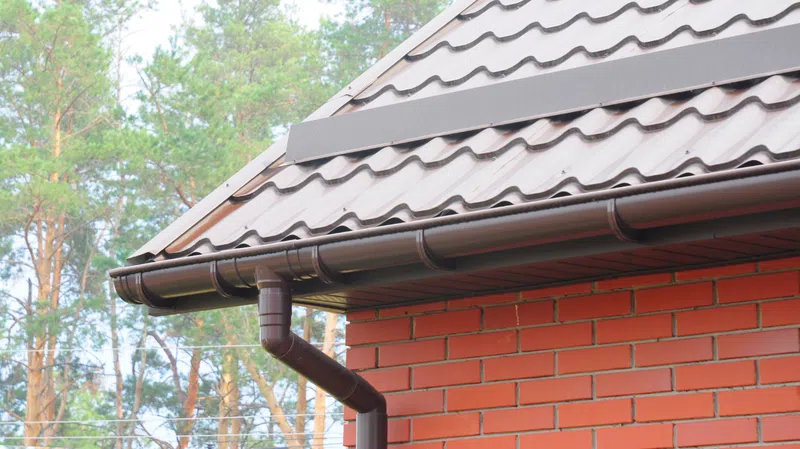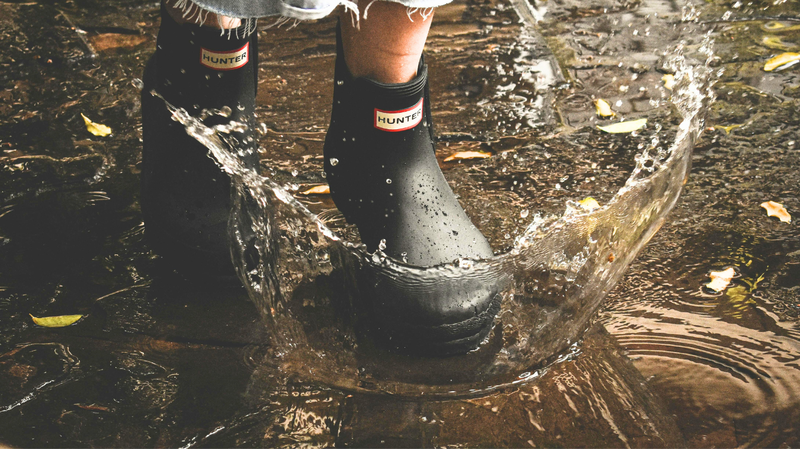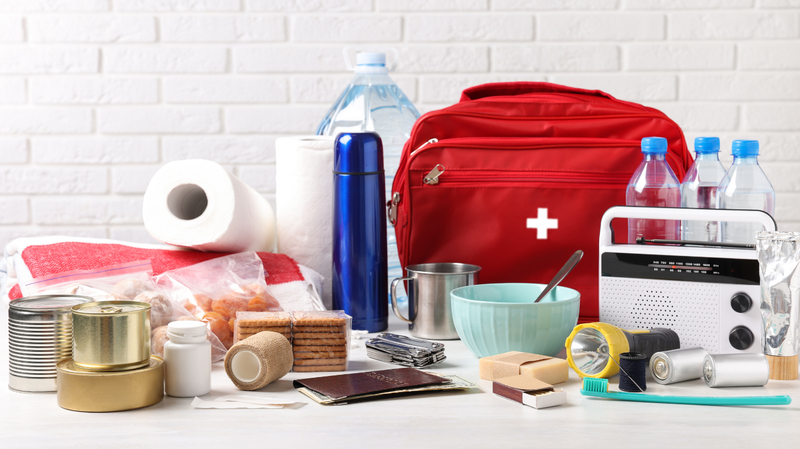Fortifying Against Floods: Essential Steps to Safeguard Your Home

Flooding stands as Australia's second-most fatal natural disaster following heat waves. While commonly associated with overflowing rivers and tropical storm surges, floods can occur even in areas far removed from bodies of water. Prolonged and intense rains can cause urban flooding. Hence, residents in flood-prone regions must take essential measures to safeguard their homes.
Assess Your Home's Vulnerability
Determining your home's flood risk involves considering various factors. Living in a floodplain increases the likelihood of frequent flooding. The intensity of rainfall in your vicinity and proximity to water bodies can exacerbate this risk. Dwellings situated in low-lying areas are particularly susceptible since water naturally gravitates to lower terrain. Prior to constructing a new house, consult local authorities about flood hazards.

Retrofit or Construct According to Standards
For construction in flood-prone zones, adhere to standards that exceed the minimum requirements for new buildings. These standards prioritise safety rather than merely preventing structural damage. Construct at an elevation higher than flood levels and utilise water-resistant materials and fixtures to minimise water damage. Retrofitting existing homes for flood resilience is advisable, consulting floodplain management organisations or qualified builders for suitable enhancements.
Develop an Emergency Flood Plan
Creating a flood plan aids in maintaining composure during forced evacuations. Assess evacuation routes, with higher ground outside floodplains often being the safest option. Stay updated through local emergency broadcasts for specific route information. Driving during evacuations should be done cautiously, avoiding debris, fallen trees, and flooded areas.
Assemble an Emergency Kit
Prepare an emergency kit containing essentials like bottled water, a first aid kit, non-perishable food, medications, a mobile phone with a charger, flashlights, and a battery-operated radio with spare batteries. Store these in a durable, waterproof container labelled for easy access during emergencies. Safeguard crucial documents such as prescriptions, identification, property ownership records, and insurance coverage.

Stay Informed of Weather Alerts
During severe weather, monitor reports and warnings from reliable sources like the Bureau of Meteorology (BOM). Follow directives from local emergency services during floods, whether to remain at home or evacuate.
Post-Flood Measures
- Only return home once authorities declare it safe.
- Disinfect items affected by floodwater contamination.
- Exercise caution in areas cleared of floodwaters due to debris.
- Avoid driving through flooded areas and standing water due to potential hidden electrical hazards.
- Document property damage for insurance purposes through photographs.
- Conclusion
- BOM estimates an annual cost of floods to the Australian economy between $400 and $500 million. However, according to the SES, a well-prepared community can reduce flood impacts by up to 80%. Seeking expert guidance can significantly enhance home preparedness against floods.
If you’re looking to buy and are concerned about flood zones, get in touch with us today.
Note: This information serves as guidance and does not replace professional advice. Changes in circumstances post-publication may affect its accuracy. Readers are advised to seek independent legal, financial, and business advice. The publisher does not accept liability for reliance on this information's accuracy, currency, or completeness.





